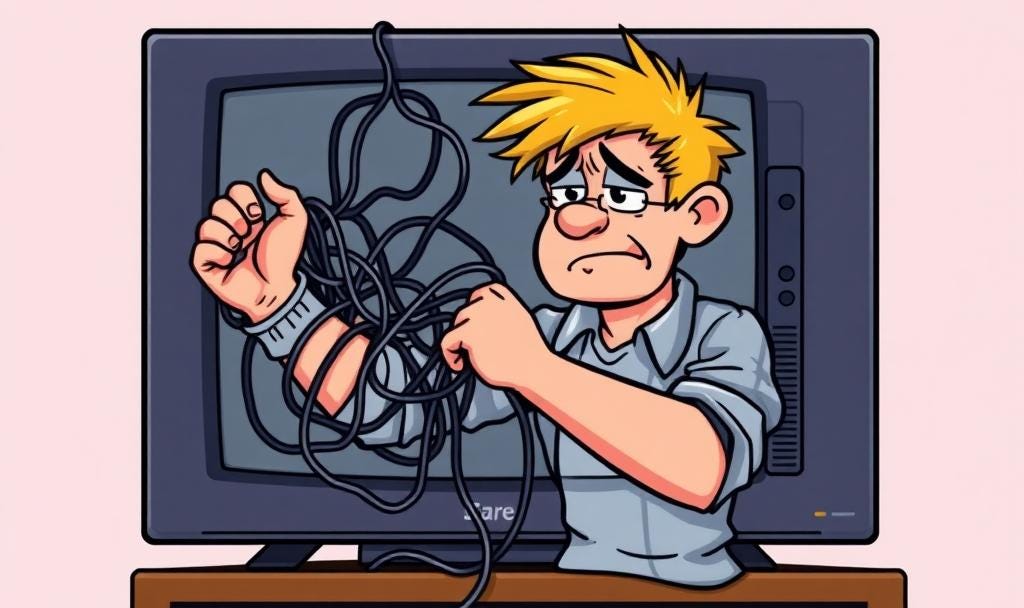The Hidden Risks of Over-Automation
Why Process Understanding Should Come First
In my consulting work, I frequently encounter leaders eager to embrace automation and AI. Their enthusiasm is understandable - who wouldn't want to eliminate tedious manual work and reduce costs? However, this rush to automate often overlooks a crucial reality: automation will not fix processes that are fundamentally broken.
The Automation Trap
When I sit down with clients, I always start by asking about their pain points. Without fail, they describe inefficient processes that consume too much time and resources. Their instinctive solution? Automation.
But no one stops to think deeper about the process to begin with. This belies an even greater risk - optimizing the wrong thing.
Before asking "How can we automate this?" we should ask "Why are we doing this at all?"
A Real-World Example
Consider an accounting team struggling with accounts receivable reconciliation. They manually match invoice data with cash receipts that lack direct links to invoices. When leadership wants to automate this process, they envision eliminating the manual work entirely.
However, when implementation begins, they discover that automating a broken process merely produces automated errors. The underlying issue isn't the manual work - it's the disconnected data and poorly designed workflow.
The Hidden Costs of Premature Automation
Perpetuating inefficient processes at scale - garbage in / garbage out automation just makes the pile of garbage bigger
Creating technical debt that becomes harder to fix - I liken this to trying to untangle the wires behind your television
Wasting resources on solutions that don't address root causes - who amongst us has ever worked on a system implementation that just fell flat upon go-live?
Building automated systems around temporary workarounds - not every process is worth automating
A Framework for Automation Readiness
Before pursuing automation, ensure you can answer these critical questions:
Can you explain the process step-by-step to someone else? If not, you don't understand it well enough to automate it.
Can you facilitate the process through a simple system like Excel? If not, you're trying to solve process problems with technology.
Do the key stakeholders agree on how the process should work? Lack of consensus will lead to automated chaos or worse an utter lack of adoption.
Can you effectively test the automation? Without clear success criteria, you're flying blind.
The Path Forward
Instead of rushing to automate, follow this approach:
Map out your current processes in detail
Identify and eliminate unnecessary steps
Redesign workflows to address root causes
Test and refine the improved process manually
Only then consider automation
Remember: The fanciest software solution cannot fix a broken process, but the simplest spreadsheet can facilitate a well-designed one.
A Word of Caution
Be especially wary of vendors promising to automate your processes without thoroughly understanding them first. Any solution that claims to work without detailed process analysis is likely to create more problems than it solves.
The path to effective automation isn't always glamorous. It requires careful analysis, process improvement, and sometimes the courage to stop doing things that no longer add value. Above all, it undoubtedly will take longer than you expect. But this methodical approach will save you from the costly trap of automating inefficiency.
My dad always told me “If you have time to do it over, you have time to do it right the first time.”
Nowhere is that more critical or true than it is with process automation.


